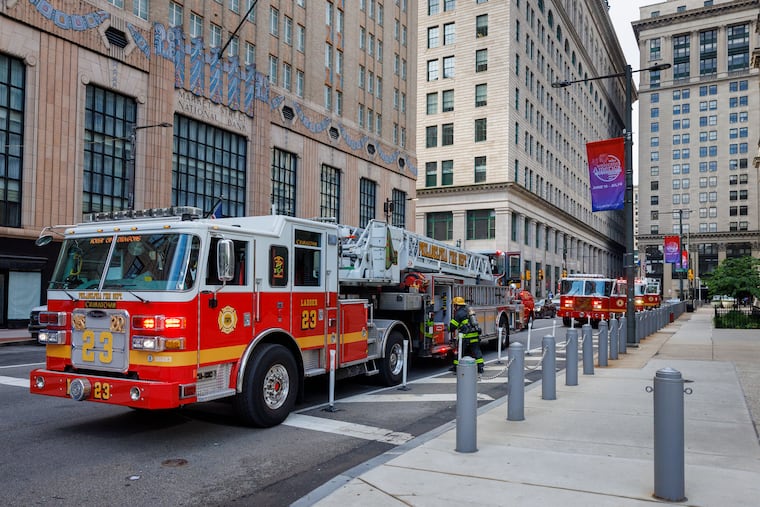Private trash collection reduced litter in certain neighborhoods amid the strike.
In Philadelphia, the stark contrast between the well-maintained Rittenhouse Square and the trash-strewn streets of Kensington illustrates a troubling disparity in municipal services. While the picturesque park bustled with residents and tourists enjoying a sunny day, its surroundings were devoid of any litter. Conversely, just a short distance away in Kensington, overflowing dumpsters lined the sidewalks, and the stench of accumulating refuse permeated the air. This inconsistency in waste management highlights broader issues within the city, particularly in the wake of a municipal workers’ strike that concluded early Wednesday.
As Philadelphia grapples with significant economic disparities, the impact of the strike has varied widely across neighborhoods. Some areas, particularly those benefiting from business improvement districts (BIDs), have seen a more robust response to sanitation challenges. These BIDs, such as the Center City District, are equipped with substantial budgets and resources to address cleanliness. Center City District, for instance, operates on a budget exceeding million and employs over 100 cleaning staff members, allowing it to provide enhanced services during service disruptions.
In Nicetown-Tioga, the community development organization Called to Serve has taken proactive measures to mitigate the trash overflow resulting from the strike. By renting a truck to collect refuse from local businesses and residences, the organization aims to combat potential rodent infestations. However, with only 13 staff members, their efforts are dwarfed by the capabilities of larger organizations.
The fundamental structures of Philadelphia’s waste management exacerbate these disparities. City law mandates that the Philadelphia Department of Sanitation provide curbside collection exclusively for residential properties with six or fewer units. As a result, many larger commercial buildings and multifamily apartments depend on private refuse haulers, leading to a lesser reliance on public services in more affluent areas.
Despite the challenges faced by neighborhoods lacking the structural support of BIDs, some civic leaders are stepping up to maintain cleanliness while respecting the striking workers. They encourage residents to avoid overloading city dump sites in a bid to prevent an escalation of public health concerns, including rodent infestations and air quality issues.
During this period of heightened waste accumulation, the challenges faced by residents and community organizations alike serve as a reminder of the critical importance of a reliable and equitable municipal infrastructure. As some neighborhoods struggle with overflowing trash, others remain well-maintained and vibrant, underscoring the urgent need for comprehensive solutions to address these widespread inequities. The efforts of community organizations and BIDs highlight the importance of collaboration and resource-sharing in navigating the complexities of urban maintenance and public health.






